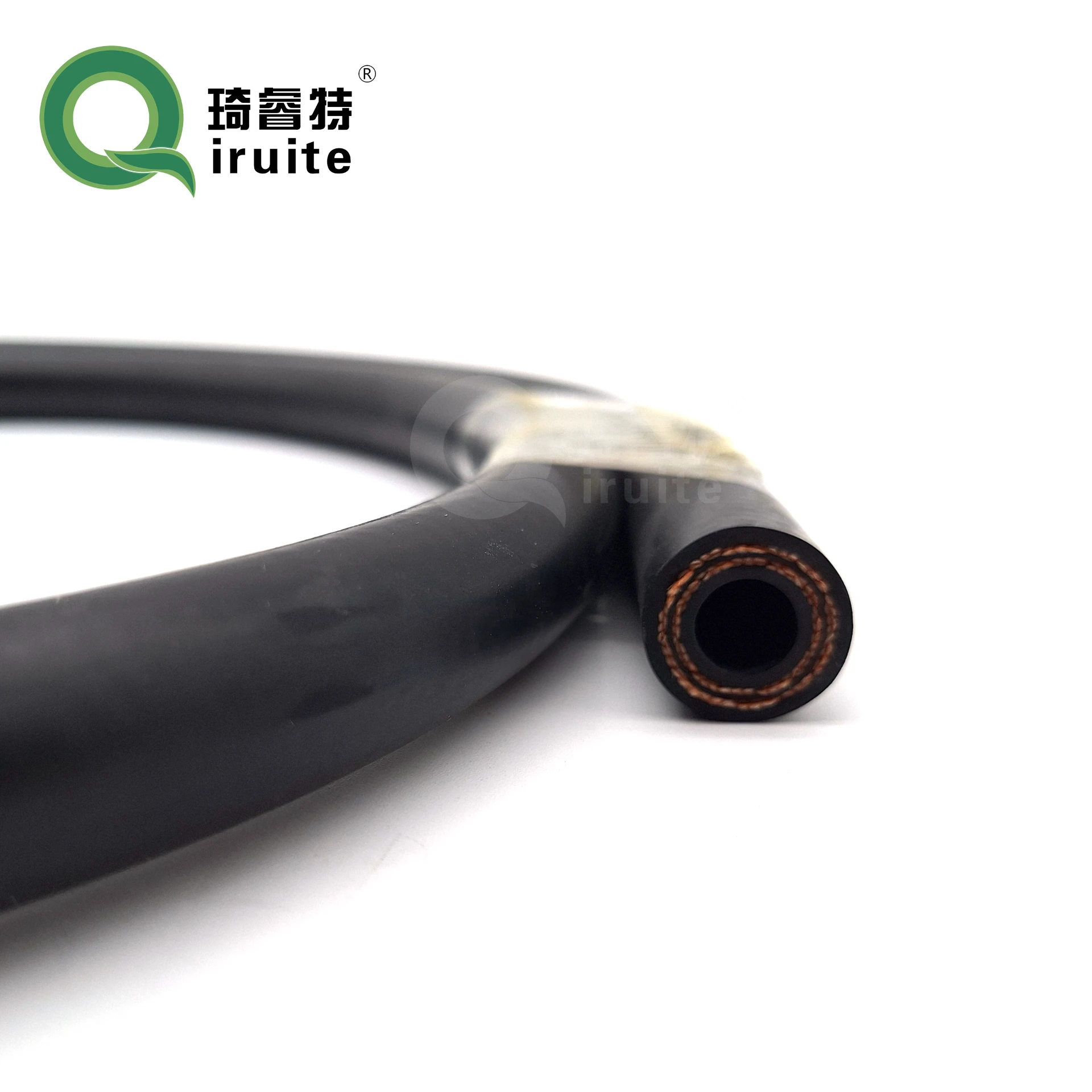Power Steering Hose Clamps for Optimal Performance and Durable Connections in Vehicles
Understanding Power Steering Hose Clamps Importance, Types, and Installation
Power steering systems play a critical role in modern vehicles, allowing drivers to maneuver their cars with ease and precision. One essential component of this system is the power steering hose, which carries fluid from the pump to the steering gear. To ensure that these hoses function optimally and safely, power steering hose clamps are employed. This article delves into the importance of power steering hose clamps, the various types available, and proper installation practices.
The Importance of Power Steering Hose Clamps
Power steering hose clamps are crucial for maintaining the integrity of the power steering system. These clamps secure the hoses in place, preventing leaks that could lead to loss of fluid, which in turn may result in steering difficulties. A leak in the power steering system can not only impair vehicle performance but can also cause significant damage to other components, leading to costly repairs.
In addition to ensuring a tight seal, hose clamps also protect against vibrations and movements during vehicle operation. Over time, exposure to heat and pressure can cause hoses to loosen or wear out. Properly installed clamps help to mitigate these effects, maintaining a reliable connection for optimal performance.
Types of Power Steering Hose Clamps
There are several types of hose clamps used in power steering systems, each designed for specific applications
1. Spring Clamps These clamps are generally made from metal and feature a spring mechanism that allows for flexibility. They are particularly effective for securing rubber hoses, as they can adjust to changes in diameter caused by temperature or pressure fluctuations. Spring clamps are easy to install and remove, making them a popular choice in automotive applications.
2. Screw or Band Clamps These clamps consist of a metal band that wraps around the hose with a screw mechanism that tightens the band. They provide a strong, adjustable grip, making them suitable for both high-pressure and low-pressure applications. The ability to adjust the tension makes screw clamps ideal for use in power steering systems where precise control is necessary.
3. Worm Gear Clamps Similar to screw clamps, worm gear clamps use a gear mechanism to create tension around the hose. They are adjustable and come in various sizes, making them versatile for different hose diameters. These clamps are typically found in both automotive and industrial applications.
power steering hose clamps

4. T-Bolt Clamps T-bolt clamps are robust and are often used in high-performance settings. They provide superior clamping force and can withstand higher pressures than most other clamp types. These clamps are especially useful for vehicles that experience extreme conditions, such as racing cars.
Installation Practices
Proper installation of power steering hose clamps is vital to ensure functionality and safety. Here are some key steps to follow
1. Select the Right Clamp Ensure that the clamp is appropriate for the hose size and type. Using the wrong size can lead to leaks or damage.
2. Positioning Place the clamp close to the fitting or connection point to optimize the seal. Avoid placing it too far away, as this may allow movement and result in leaks.
3. Tightening Tighten the clamp evenly, making sure not to overtighten, which could cause hose damage. If using a screw or worm gear clamp, check that the screw mechanism is functioning smoothly.
4. Inspect Regularly After installation, it is essential to periodically inspect the clamps and hoses for signs of wear, leaks, or looseness. Regular maintenance can prevent potential issues and enhance the longevity of the power steering system.
Conclusion
Power steering hose clamps are small components that play a significant role in the functioning of a vehicle’s steering system. By understanding their importance, the different types available, and how to install them correctly, vehicle owners can ensure their power steering systems operate efficiently and reliably. Regular inspections and maintenance of these clamps will not only help in preventing leaks but also contribute to the overall safety and performance of the vehicle. Whether you're a DIY enthusiast or a professional mechanic, recognizing the value of power steering hose clamps is essential for vehicle care and maintenance.
-
Ultimate Spiral Protection for Hoses & CablesNewsJun.26,2025
-
The Ultimate Quick-Connect Solutions for Every NeedNewsJun.26,2025
-
SAE J1401 Brake Hose: Reliable Choice for Safe BrakingNewsJun.26,2025
-
Reliable J2064 A/C Hoses for Real-World Cooling NeedsNewsJun.26,2025
-
Heavy-Duty Sewer Jetting Hoses Built to LastNewsJun.26,2025
-
Fix Power Steering Tube Leaks Fast – Durable & Affordable SolutionNewsJun.26,2025

